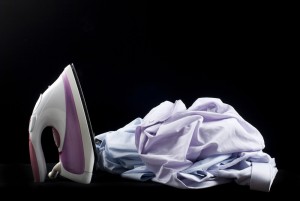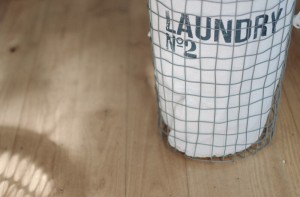Detergent should clean your clothes—not stain them, right? Unfortunately, in certain circumstances, your clothes might emerge from the washer worse off than they were before. That is, with blue or white stains, a waxy finish or a rough, stiff texture. But why does this happen?
Where Detergent Stains Come From
Detergent failure occurs in one of three situations.
- The detergent does not dissolve: Some powder detergents do not dissolve as effectively as liquid ones. Sometimes, using cold water causes this too.
- The laundry water is hard: Hard water, characterized by its high mineral composition, can prevent detergents from fully dissolving.
- The wash uses too much detergent: Simply putting too much detergent in the wash can lead to stains. Follow the instructions on the package; sometimes half of the recommended dose is sufficient.
There are many ways to prevent and remedy detergent failure. As mentioned, increasing the water temperature is usually a safe measure. Likewise, if the lid does not lock on the machine, try mixing the detergent with the water before pouring your clothes in. Doing so allows the detergent to first dissolve and distribute evenly.
How to Get Out Detergent Stains
If, despite your precautions, your clothes still come from the machine stained, then you can try the following:
- Rub the stains with an ordinary bar of soap, then wash them again in a detergent-free cycle;
- Soak the cloths in white vinegar for 15 to 30 minutes, then toss back into the washing machine;
- Use a grease removal solution on the stains.










